Home>Furniture & Design>Outdoor Furniture>How To Clean Mold And Mildew Off Outdoor Furniture


Outdoor Furniture
How To Clean Mold And Mildew Off Outdoor Furniture
Modified: January 18, 2024
Learn effective methods for removing mold and mildew from outdoor furniture. Keep your outdoor furniture looking clean and fresh with our expert tips and techniques.
(Many of the links in this article redirect to a specific reviewed product. Your purchase of these products through affiliate links helps to generate commission for Storables.com, at no extra cost. Learn more)
Introduction
When it comes to enjoying the great outdoors, few things are as delightful as lounging on your outdoor furniture, basking in the warm sunshine or hosting a lively barbecue with friends and family. However, the presence of mold and mildew can put a damper on these outdoor experiences. These unsightly intruders not only mar the aesthetic appeal of your furniture but also pose potential health hazards. Fear not, for with the right knowledge and tools, you can easily restore your outdoor furniture to its former glory.
In this comprehensive guide, we will delve into the world of mold and mildew, understanding their characteristics and the best methods to eradicate them from your outdoor furniture. We will equip you with the necessary cleaning supplies and walk you through a step-by-step process to effectively banish these unwelcome guests. Additionally, we will explore preventive measures to keep mold and mildew at bay, ensuring that your outdoor furniture remains pristine and inviting for years to come.
So, roll up your sleeves and prepare to bid farewell to mold and mildew as we embark on a journey to revitalize your outdoor oasis. Let's reclaim the beauty and comfort of your outdoor living space, ensuring that it remains a haven of relaxation and enjoyment.
Key Takeaways:
- Say goodbye to mold and mildew on outdoor furniture by using the right cleaning supplies and a step-by-step process. Keep your outdoor oasis pristine and inviting for years to come.
- Prevent mold and mildew from returning by implementing regular cleaning, promoting air circulation, using protective covers, and promptly addressing spills and stains. Enjoy a clean and welcoming outdoor space.
Understanding Mold and Mildew
Mold and mildew are common outdoor nuisances that thrive in damp, shaded areas, making outdoor furniture an ideal breeding ground. Understanding the characteristics of these intruders is crucial in effectively combating their presence.
Mold: This unsightly fungus appears as black, green, or gray patches and can have a fuzzy or slimy texture. It thrives in moist environments and can cause discoloration and deterioration of various surfaces, including wood, fabric, and plastic.
Mildew: Unlike mold, mildew is typically white or gray and has a powdery or fluffy texture. It tends to develop on surfaces that are warm, damp, and poorly ventilated. Outdoor furniture, particularly cushions and umbrellas, are susceptible to mildew infestations if not properly maintained.
Both mold and mildew not only compromise the visual appeal of your outdoor furniture but also pose potential health risks. Exposure to mold spores can trigger allergic reactions and respiratory issues, making it essential to address these intruders promptly and effectively.
By familiarizing yourself with the characteristics of mold and mildew, you can proactively identify and address their presence, ensuring that your outdoor furniture remains a clean, safe, and inviting space for relaxation and entertainment.
Cleaning Supplies
Before embarking on the mission to banish mold and mildew from your outdoor furniture, it’s essential to gather the necessary cleaning supplies. Equipping yourself with the right tools will streamline the cleaning process and ensure optimal results.
1. Protective Gear: As a precautionary measure, don protective gear such as gloves, a face mask, and safety goggles to shield yourself from potential allergens and cleaning solution splashes.
2. Scrubbing Brush or Sponge: A durable scrubbing brush or sponge is indispensable for effectively removing mold and mildew from various surfaces. Opt for a brush with sturdy bristles to tackle stubborn stains without causing damage to the furniture.
3. Cleaning Solution: Choose a cleaning solution specifically formulated to combat mold and mildew. Alternatively, you can create a DIY solution using equal parts water and white vinegar, which is known for its natural disinfectant properties. For more severe infestations, consider using a commercial mold and mildew remover.
4. Bucket: A bucket filled with your chosen cleaning solution will serve as a convenient reservoir for dipping your brush or sponge, ensuring that you have an ample supply of cleaning solution throughout the process.
5. Garden Hose or Pressure Washer: A garden hose equipped with a nozzle attachment or a pressure washer will facilitate the rinsing process, effectively removing residual cleaning solution and loosened mold and mildew from the furniture.
6. Clean Cloth or Towel: Keep a clean cloth or towel on hand to dry the furniture after rinsing, preventing water spots and promoting a quick drying process.
By assembling these essential cleaning supplies, you’ll be well-prepared to tackle mold and mildew infestations on your outdoor furniture with confidence and efficiency. With the right tools at your disposal, you can restore your outdoor oasis to its pristine state, ready to be enjoyed to the fullest.
Step 1: Brush off Loose Mold and Mildew
Before diving into the cleaning process, it’s essential to prepare the furniture by removing any loose mold and mildew. This initial step will prevent the spread of spores during the cleaning process and pave the way for a more effective treatment of stubborn stains.
Begin by donning your protective gear to shield yourself from potential allergens. Armed with a sturdy scrubbing brush or sponge, gently brush the surfaces of the furniture to dislodge and remove loose mold and mildew. Work methodically, paying close attention to crevices, seams, and any intricate details where mold and mildew tend to accumulate.
For wooden furniture, use a brush with soft bristles to avoid causing damage to the wood while effectively removing surface mold and mildew. When dealing with fabric cushions or upholstery, a soft-bristled brush or a lint roller can be used to lift off loose mold and mildew without damaging the fabric.
As you brush off the loose mold and mildew, take care to contain the debris and spores to prevent their dispersal. Consider using a vacuum with a HEPA filter to effectively capture airborne spores and prevent recontamination of the surrounding area.
By meticulously brushing off loose mold and mildew, you’ll lay the groundwork for a thorough and effective cleaning process, setting the stage for the subsequent steps to eradicate these unwelcome intruders from your outdoor furniture. This proactive approach will ensure that the cleaning process is as efficient and successful as possible.
Step 2: Apply Cleaning Solution
With the preliminary removal of loose mold and mildew complete, it’s time to introduce the cleaning solution to tackle the remaining stubborn stains and spores. The application of an effective cleaning solution is crucial in eradicating mold and mildew from your outdoor furniture, restoring its pristine appearance and ensuring a hygienic outdoor environment.
Prepare your chosen cleaning solution, whether it’s a commercial mold and mildew remover or a DIY mixture of water and white vinegar. Fill a bucket with the solution, ensuring that you have an ample supply for the cleaning process. Don your protective gear, including gloves and a face mask, to shield yourself from the cleaning solution and potential allergens.
Dip your scrubbing brush or sponge into the cleaning solution, allowing it to become thoroughly saturated. With the solution-laden tool in hand, apply it generously to the areas affected by mold and mildew. Work in small sections, ensuring thorough coverage and allowing the cleaning solution to penetrate the porous surfaces of the furniture.
For wooden furniture, take care to apply the cleaning solution in the direction of the wood grain to prevent potential damage or streaking. When treating fabric cushions or upholstery, gently blot the cleaning solution onto the affected areas, taking care not to oversaturate the fabric.
As you apply the cleaning solution, allow it to dwell on the surfaces for the recommended duration specified by the product instructions or, in the case of a DIY solution, for a sufficient period to effectively combat mold and mildew. This dwell time is essential for the solution to break down and loosen the embedded mold and mildew, preparing them for removal in the subsequent cleaning step.
By methodically applying the cleaning solution to the affected areas, you’re taking a proactive step in the battle against mold and mildew, setting the stage for their effective eradication from your outdoor furniture. With the cleaning solution at work, you’re well on your way to restoring the beauty and cleanliness of your outdoor living space.
Mix equal parts of white vinegar and water in a spray bottle. Spray the solution on the affected areas and let it sit for 10-15 minutes. Scrub the mold and mildew with a brush, then rinse with water. Repeat if necessary.
Read more: How To Clean Mildew Off Outdoor Rug
Step 3: Scrub the Furniture
With the cleaning solution effectively breaking down the mold and mildew, it’s time to roll up your sleeves and embark on the scrubbing phase. Armed with your trusty scrubbing brush or sponge, this step is crucial in dislodging and removing the loosened mold and mildew from your outdoor furniture, unveiling its renewed luster.
Begin by focusing on a small section of the furniture, working methodically to ensure thorough coverage and effective removal of the mold and mildew. Using firm yet gentle pressure, scrub the treated areas in circular motions, paying particular attention to any stubborn stains or deeply embedded mold and mildew.
For wooden furniture, exercise caution to avoid aggressive scrubbing that could damage the wood. Instead, apply gentle pressure and work in the direction of the wood grain to prevent unsightly streaks or scratches. When addressing fabric cushions or upholstery, use a soft-bristled brush or sponge to gently agitate the treated areas, lifting off the loosened mold and mildew without causing damage to the fabric.
As you progress through the scrubbing process, periodically rinse your brush or sponge in the cleaning solution to dislodge and remove the dislodged mold and mildew, preventing their re-deposition onto the furniture. This ensures that your cleaning tool remains effective and prevents cross-contamination between different sections of the furniture.
Continue this meticulous scrubbing process, moving from one section to the next, until all affected areas have been thoroughly addressed. Take your time and be thorough in your approach, ensuring that no traces of mold and mildew remain on your outdoor furniture.
By diligently scrubbing the furniture, you’re actively removing the remnants of mold and mildew, unveiling the refreshed surfaces of your outdoor oasis. This hands-on approach is instrumental in restoring the cleanliness and appeal of your outdoor furniture, setting the stage for the final steps to complete the rejuvenation process.
Step 4: Rinse and Dry
As the scrubbing phase draws to a close, it’s time to usher in the final steps of the cleaning process, comprising rinsing and drying. These critical steps will ensure that the residual cleaning solution and any remaining traces of mold and mildew are thoroughly removed, leaving your outdoor furniture clean, sanitized, and ready to reclaim its rightful place as the centerpiece of your outdoor sanctuary.
Begin by thoroughly rinsing the treated areas of the furniture using a garden hose equipped with a nozzle attachment or a pressure washer set to a gentle setting. The powerful yet controlled stream of water will effectively remove the residual cleaning solution, dislodged mold, and mildew, leaving the surfaces refreshed and revitalized.
Exercise caution when rinsing wooden furniture to avoid using excessive water pressure that could potentially damage the wood. Instead, maintain a moderate distance from the furniture and use a gentle, sweeping motion to rinse off the cleaning solution and debris. For fabric cushions and upholstery, take care to thoroughly rinse the treated areas, ensuring complete removal of the cleaning solution and any lingering traces of mold and mildew.
Once the rinsing process is complete, it’s time to facilitate the drying phase. Use a clean cloth or towel to gently blot and absorb excess moisture from the furniture, promoting a swift drying process and preventing water spots from forming. If weather conditions permit, allow the furniture to air dry in a well-ventilated area, ensuring that all surfaces are thoroughly dried before returning cushions and accessories to their rightful places.
Throughout the drying process, monitor the furniture closely, ensuring that all surfaces are completely dry before proceeding. This proactive approach will prevent the accumulation of moisture, which could potentially foster the return of mold and mildew.
With the rinsing and drying steps completed, your outdoor furniture is now revitalized, free from the clutches of mold and mildew. Its renewed cleanliness and allure beckon you to once again revel in the outdoor splendor, knowing that your cherished furniture is a pristine haven for relaxation and enjoyment.
Preventing Mold and Mildew
Having successfully eradicated mold and mildew from your outdoor furniture, it’s essential to implement preventive measures to safeguard against their unwelcome return. By incorporating proactive strategies and maintenance routines, you can effectively deter the resurgence of mold and mildew, preserving the cleanliness and allure of your outdoor living space.
Regular Cleaning: Establish a routine for regular cleaning and maintenance of your outdoor furniture. Periodically inspect the surfaces for signs of mold and mildew, and promptly address any early indications to prevent their proliferation. A proactive approach to cleaning will thwart the development of mold and mildew, preserving the pristine condition of your furniture.
Promote Air Circulation: Ensure that your outdoor furniture is positioned in areas that receive adequate air circulation and sunlight. Proper ventilation and exposure to sunlight discourage the accumulation of moisture, creating an inhospitable environment for mold and mildew to thrive.
Invest in Protective Covers: Consider investing in protective covers designed specifically for outdoor furniture. These covers provide a barrier against moisture and debris, safeguarding your furniture from the elements and minimizing the risk of mold and mildew infestations.
Utilize Mildew-Resistant Materials: When selecting new outdoor furniture or accessories, prioritize materials that are inherently resistant to mildew. Options such as aluminum, teak, and certain synthetic fibers offer enhanced resistance to mold and mildew, minimizing the likelihood of infestations and simplifying maintenance.
Promptly Address Spills and Stains: Accidental spills and stains should be promptly addressed to prevent the accumulation of moisture, which can create favorable conditions for mold and mildew growth. Thoroughly clean and dry any affected areas to mitigate the risk of infestations.
Seasonal Maintenance: Prior to the onset of inclement weather or during seasonal transitions, conduct thorough maintenance and cleaning of your outdoor furniture. This proactive approach will mitigate the impact of environmental factors and ensure that your furniture remains resilient against mold and mildew.
By integrating these preventive measures into your outdoor furniture care regimen, you can fortify its defenses against mold and mildew, preserving its beauty and functionality for years to come. With a proactive approach and consistent maintenance, your outdoor furniture will continue to be a source of relaxation and enjoyment, free from the encumbrance of mold and mildew.
Conclusion
As we conclude our journey to reclaim the beauty and cleanliness of your outdoor furniture, it’s evident that the battle against mold and mildew is not only conquerable but also preventable. Armed with the knowledge and techniques shared in this guide, you possess the tools to transform your outdoor oasis into a pristine and inviting haven, free from the encroachment of these unsightly intruders.
Through a comprehensive understanding of mold and mildew, you’ve gained insight into their characteristics and the potential health risks they pose. This awareness empowers you to proactively identify and address their presence, ensuring a hygienic and visually appealing outdoor environment for yourself and your guests.
Equipped with the essential cleaning supplies and a systematic approach, you’ve learned the step-by-step process to effectively banish mold and mildew from your outdoor furniture. From brushing off loose mold and mildew to the meticulous application of a cleaning solution, followed by thorough scrubbing, rinsing, and drying, you’ve revitalized your outdoor furniture and restored its allure.
Moreover, by embracing preventive measures such as regular cleaning, promoting air circulation, utilizing protective covers, and promptly addressing spills and stains, you’ve fortified your outdoor furniture against the resurgence of mold and mildew. This proactive stance ensures that your outdoor sanctuary remains a pristine and welcoming retreat for relaxation and entertainment.
As you bid farewell to mold and mildew, you welcome a renewed sense of enjoyment and tranquility in your outdoor living space. The revitalized allure of your outdoor furniture beckons you to savor moments of leisure and conviviality, knowing that your cherished outdoor sanctuary is free from the clutches of mold and mildew.
With this guide as your companion, you’ve embraced the transformative power of knowledge and proactive maintenance, ensuring that your outdoor furniture remains a source of delight and relaxation for years to come. As you embark on this journey, may your outdoor oasis continue to be a testament to the enduring beauty and resilience of your cherished furniture.
Frequently Asked Questions about How To Clean Mold And Mildew Off Outdoor Furniture
Was this page helpful?
At Storables.com, we guarantee accurate and reliable information. Our content, validated by Expert Board Contributors, is crafted following stringent Editorial Policies. We're committed to providing you with well-researched, expert-backed insights for all your informational needs.
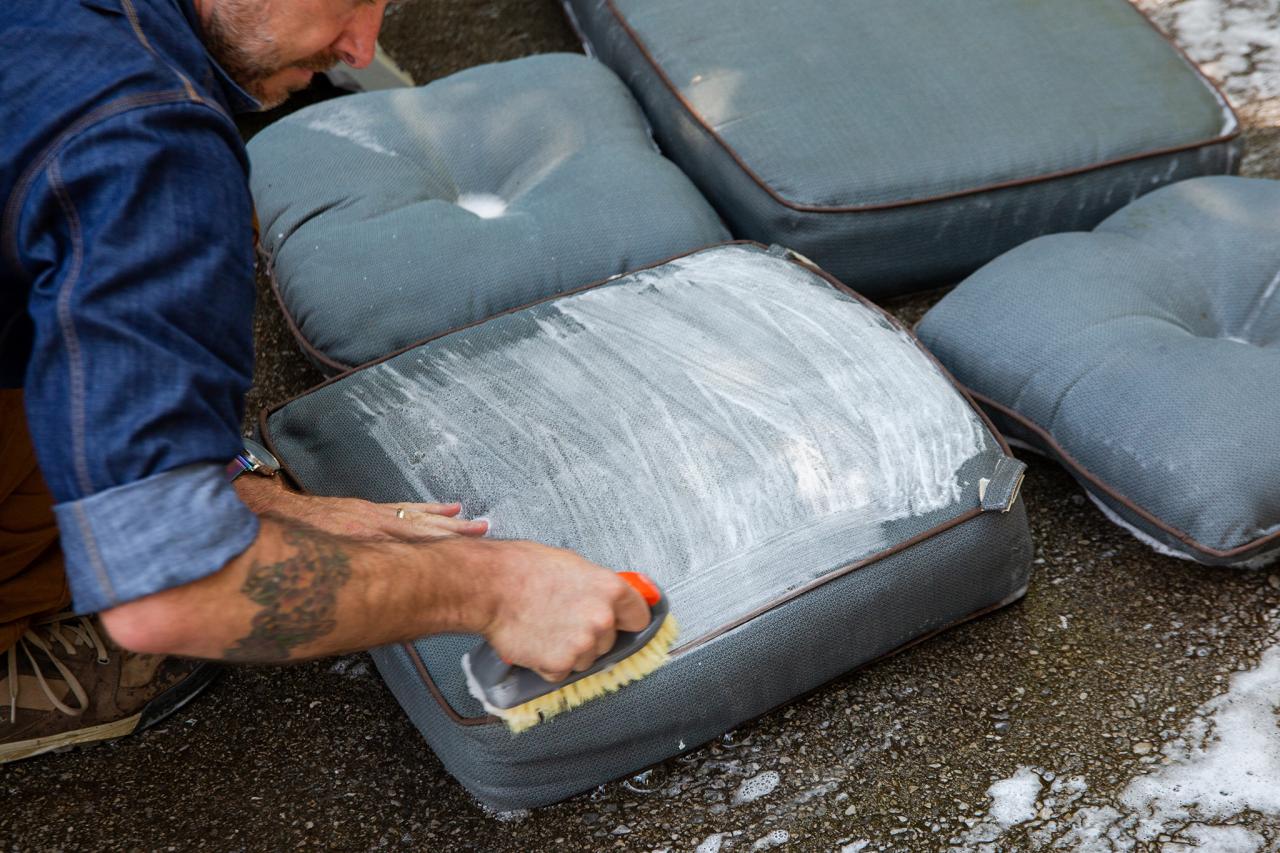
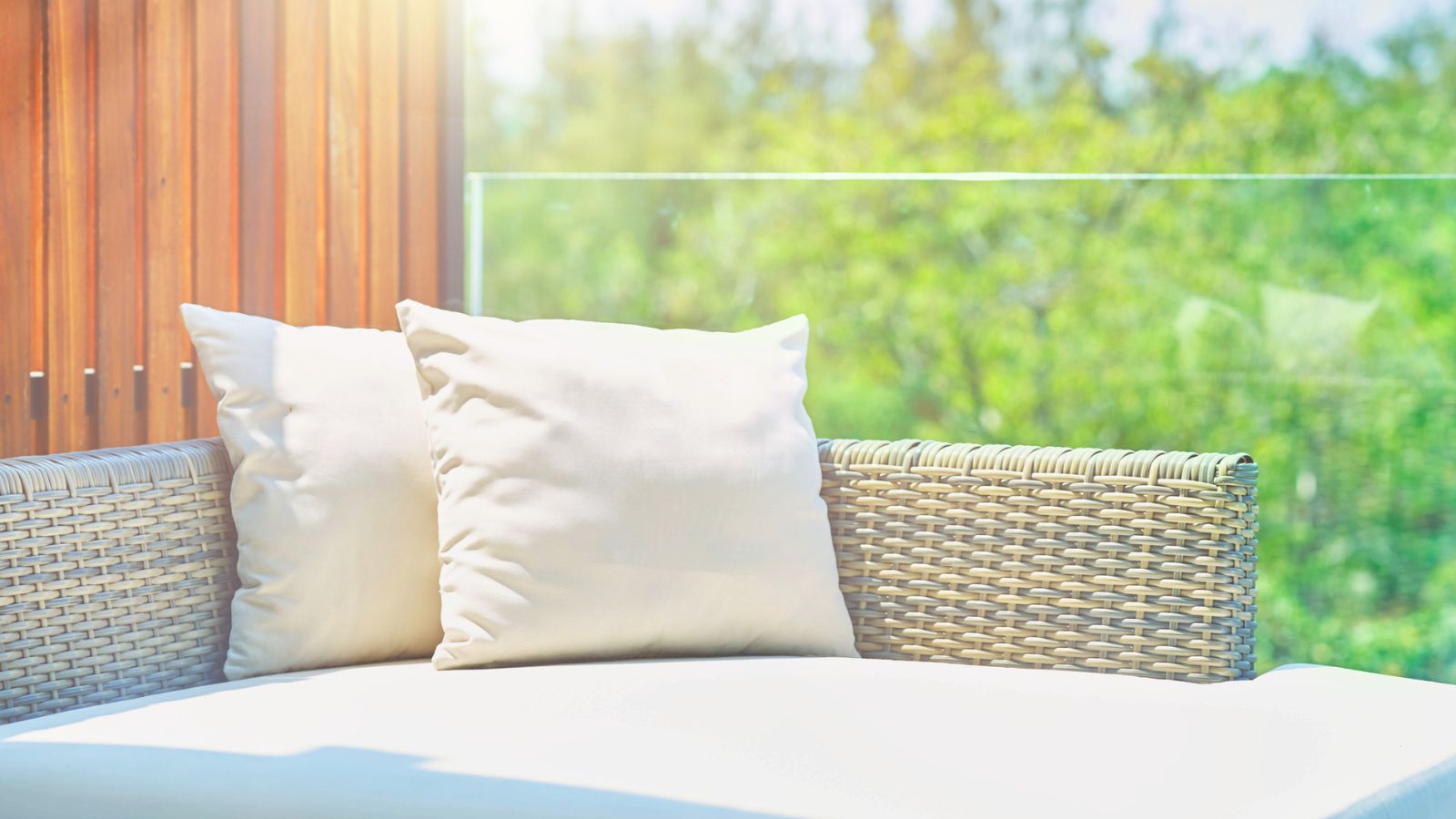
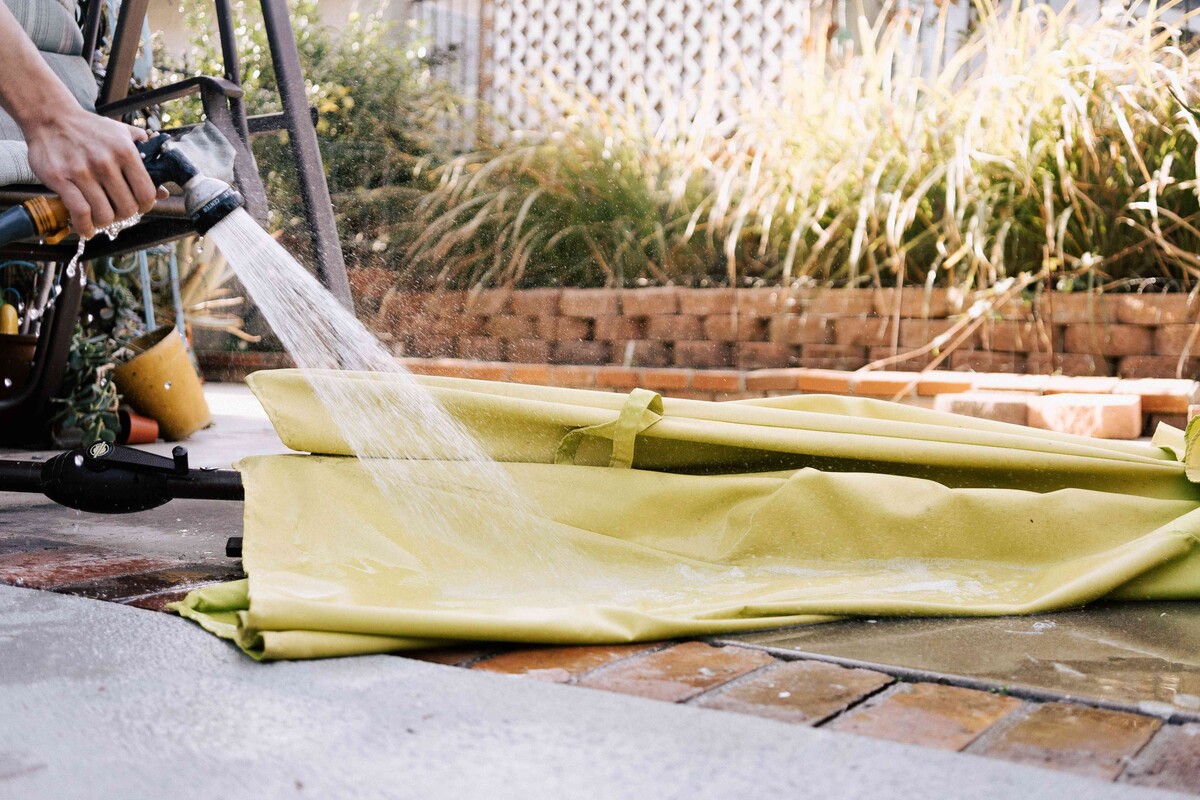
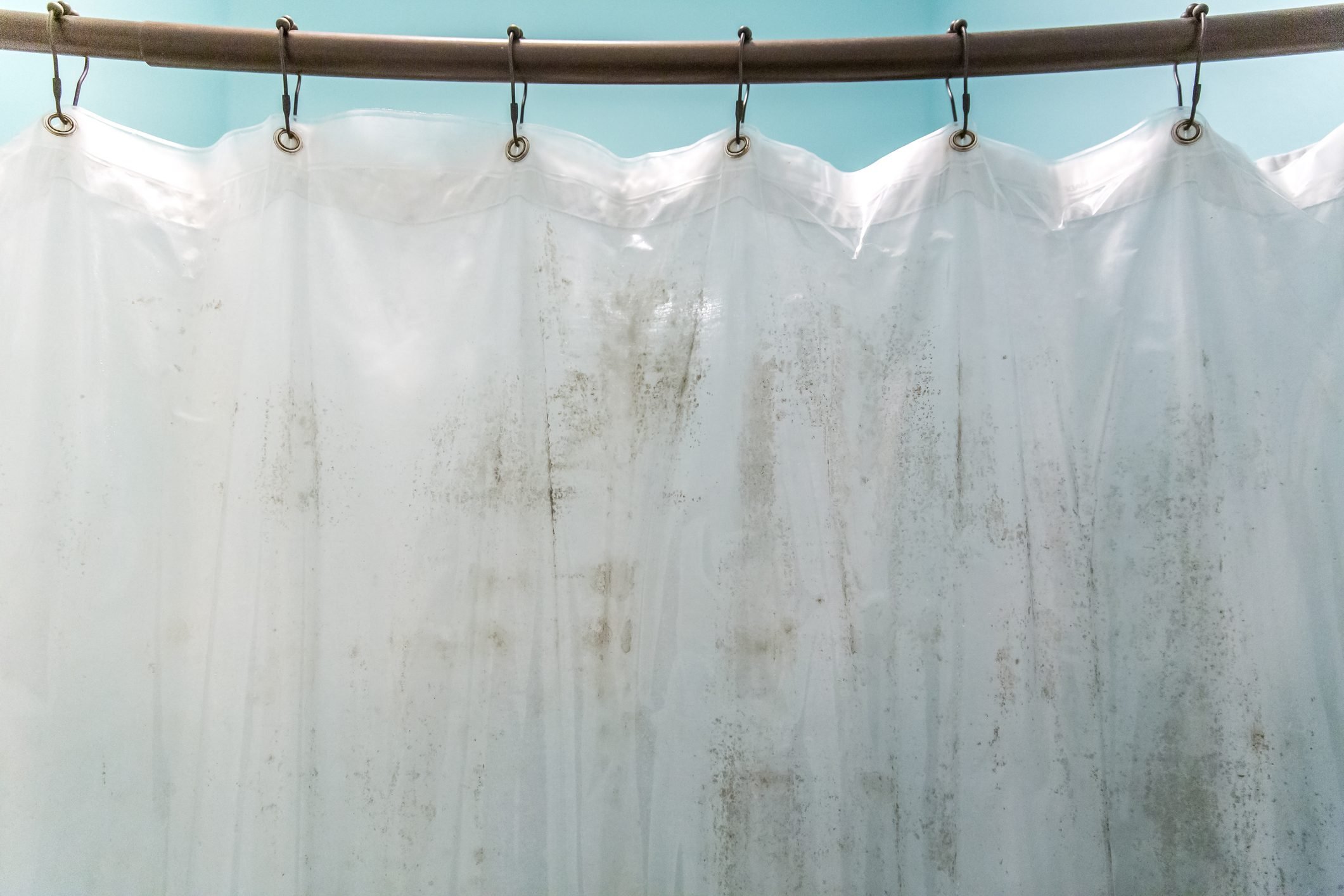
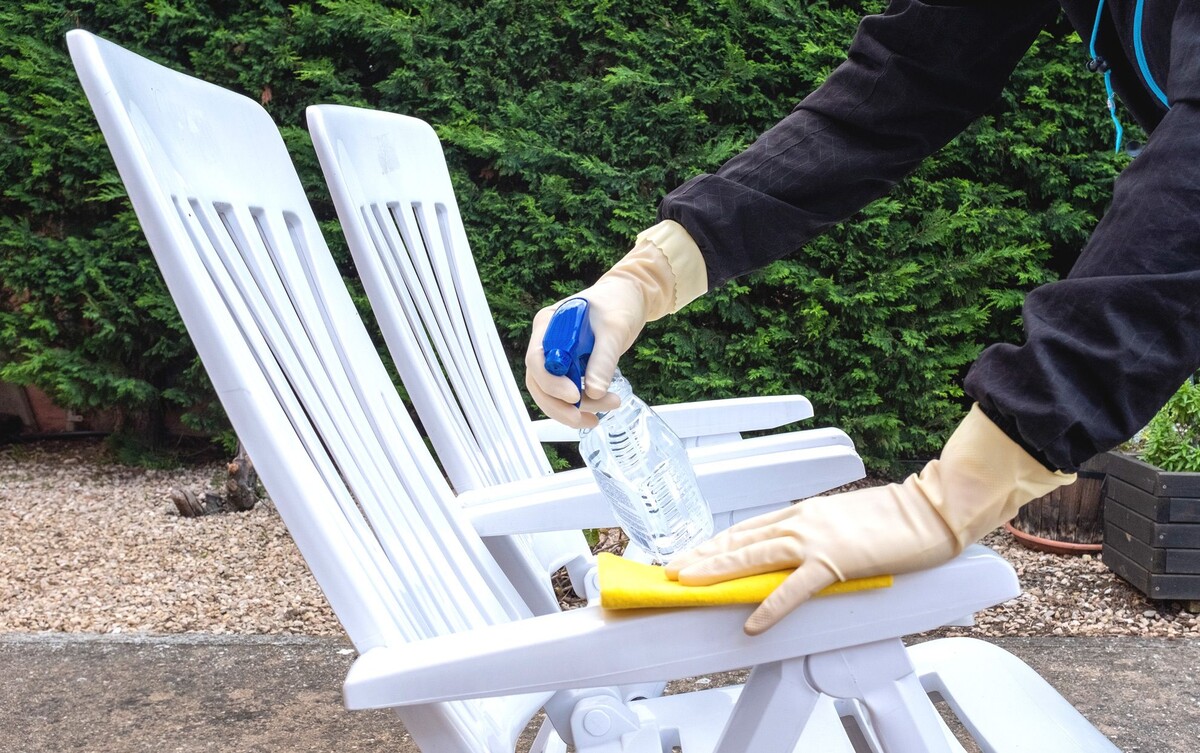
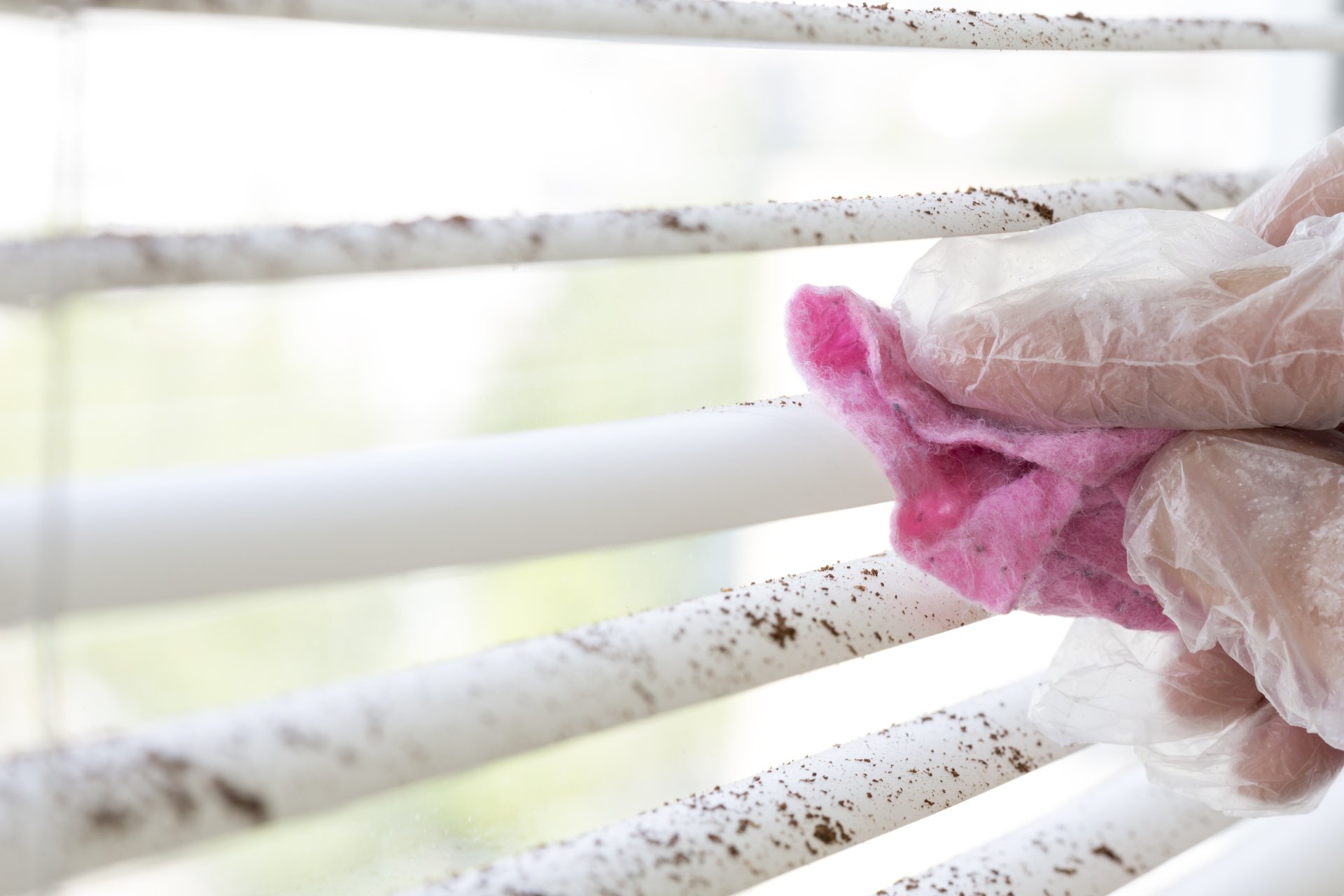
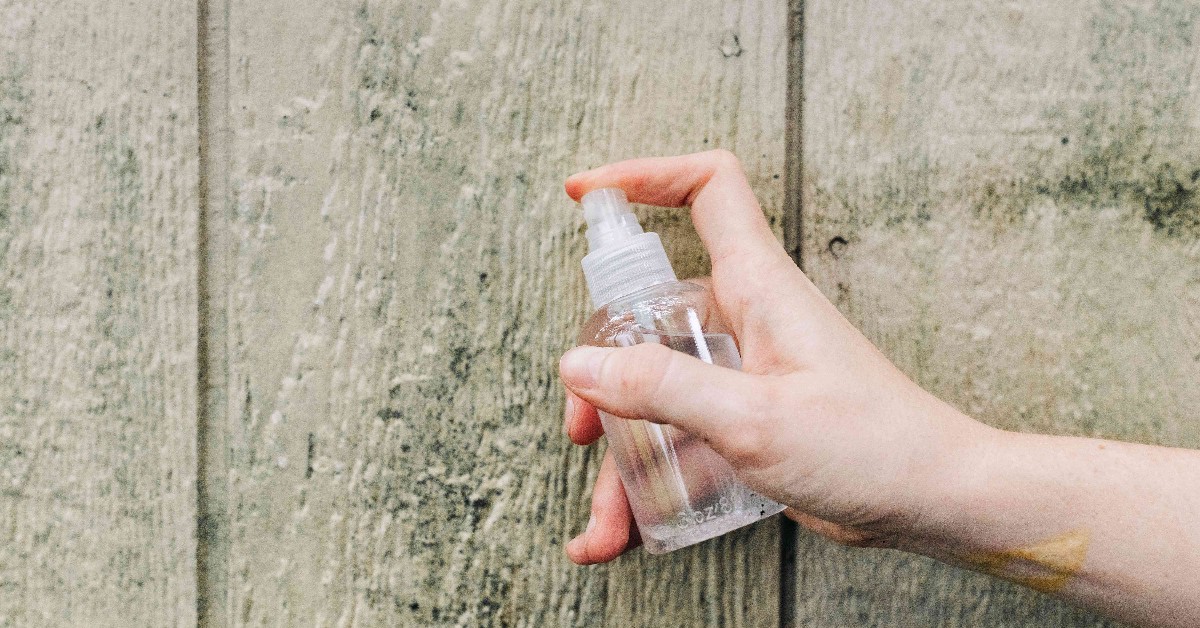
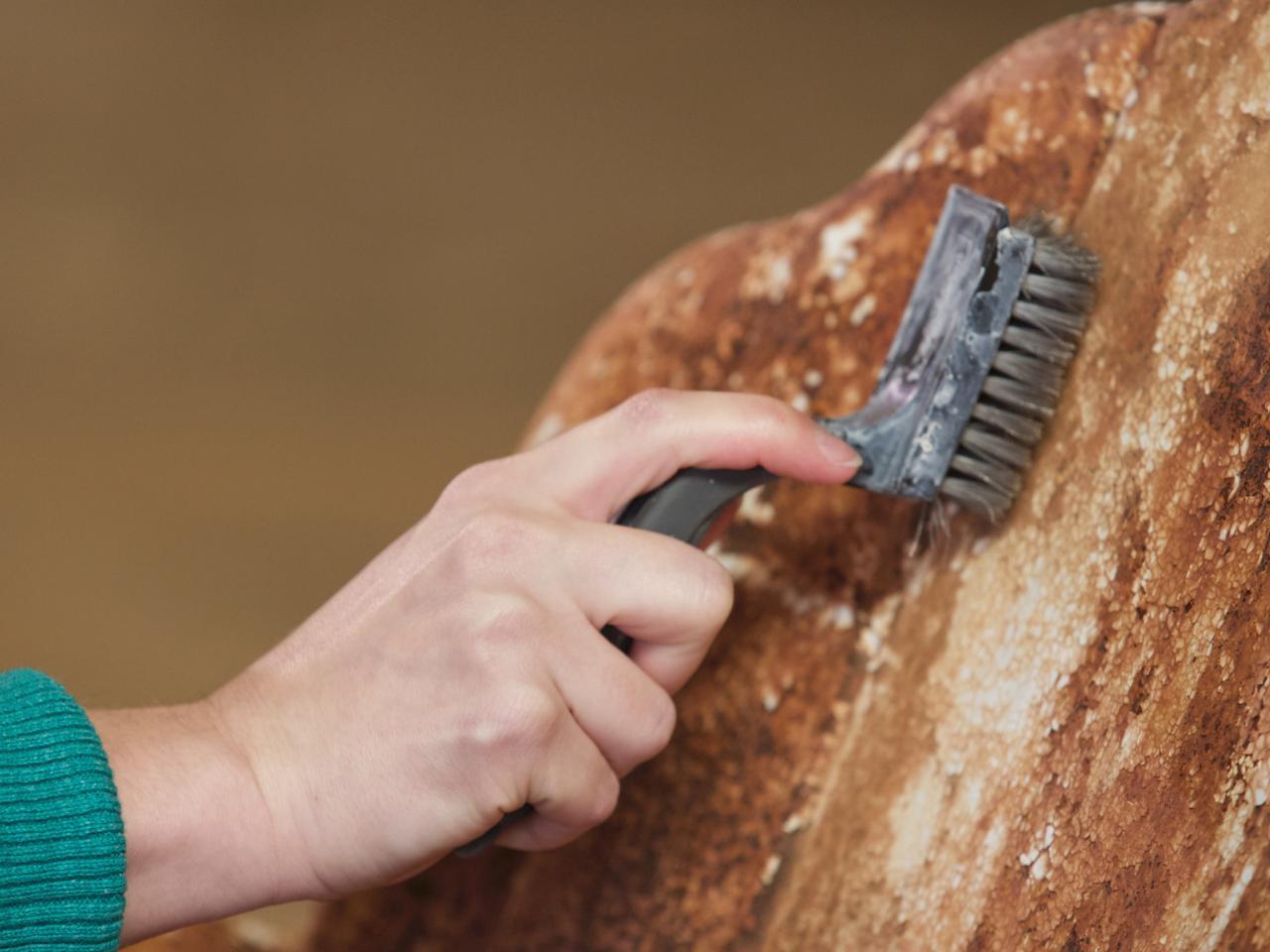
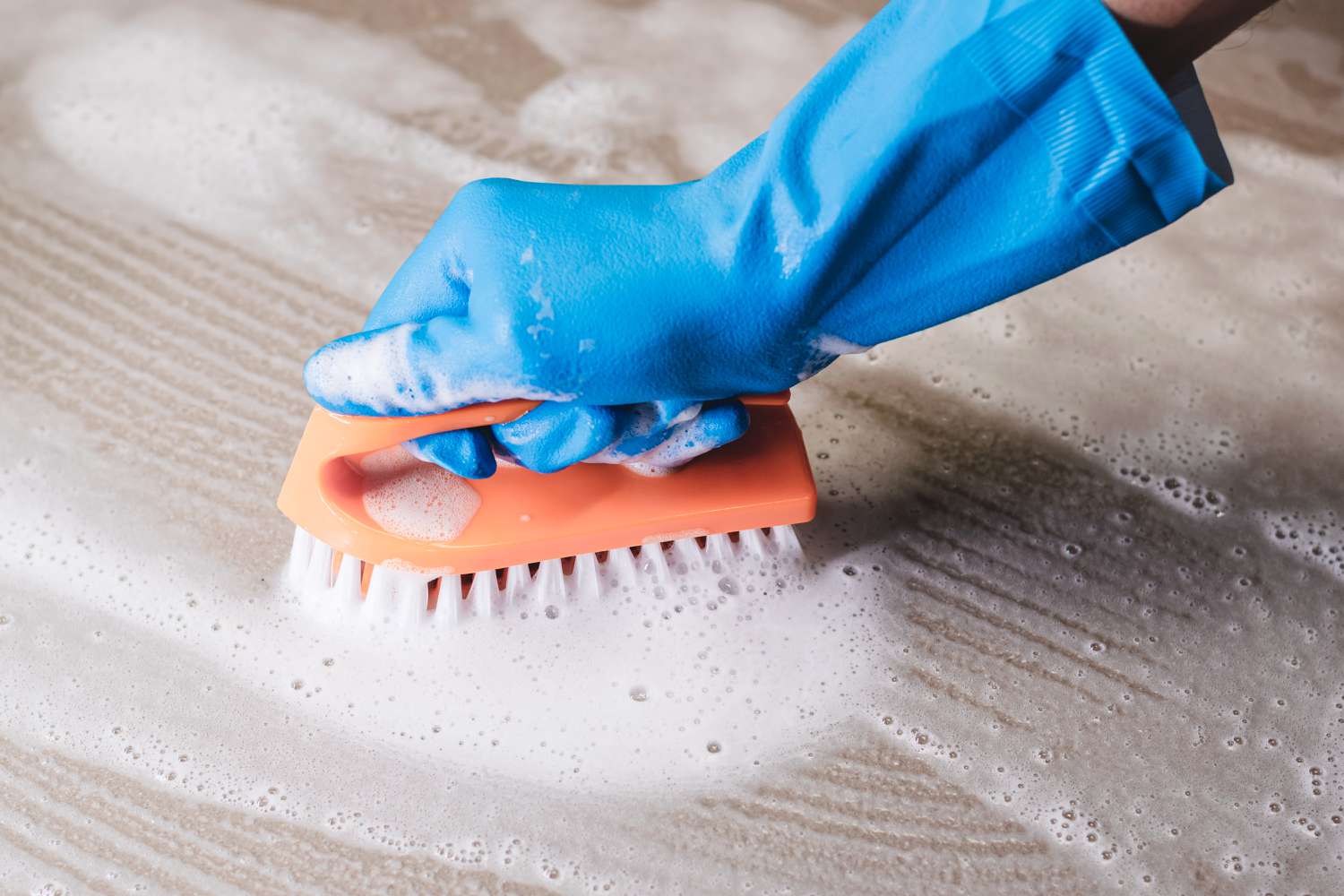
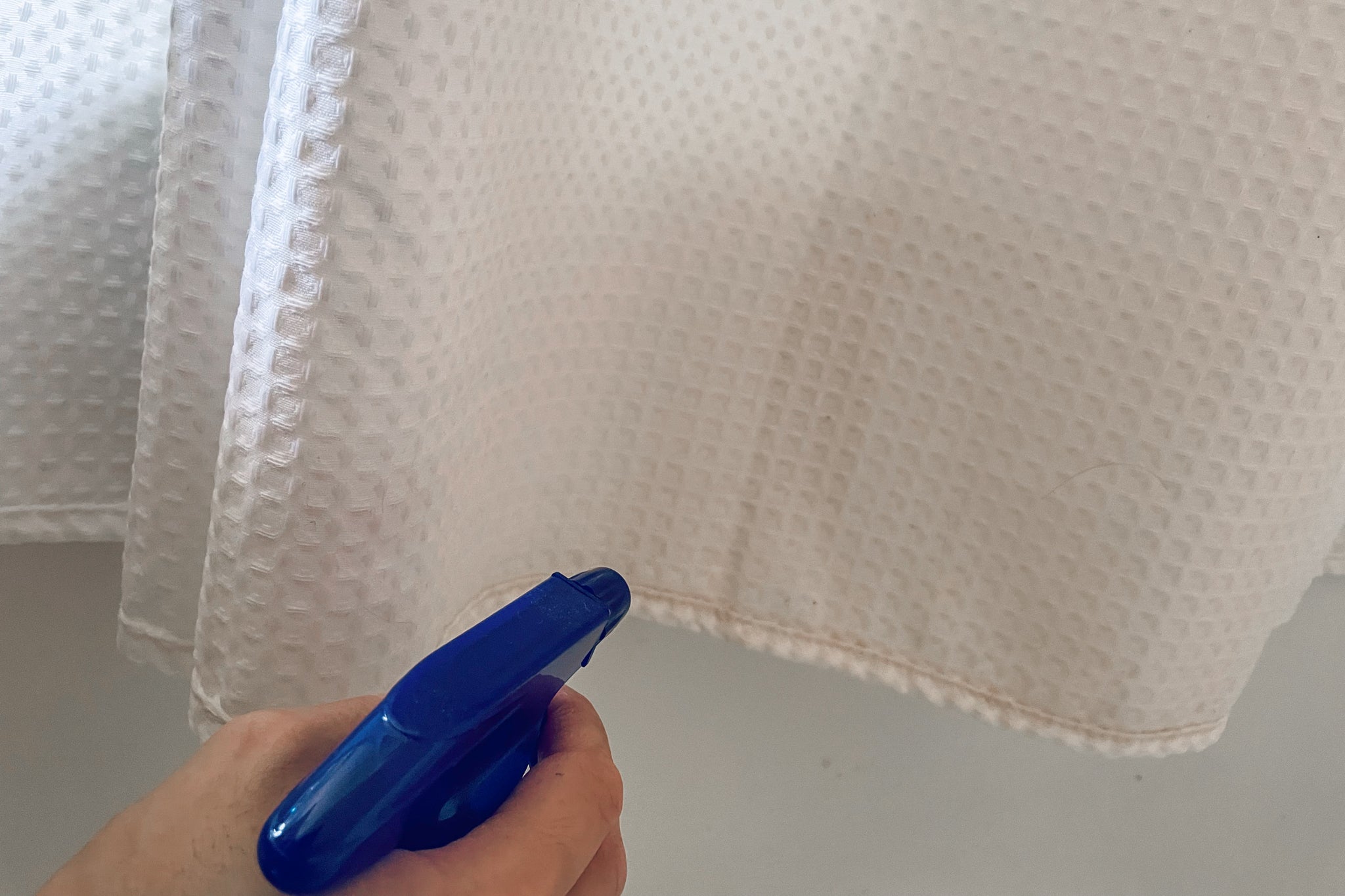
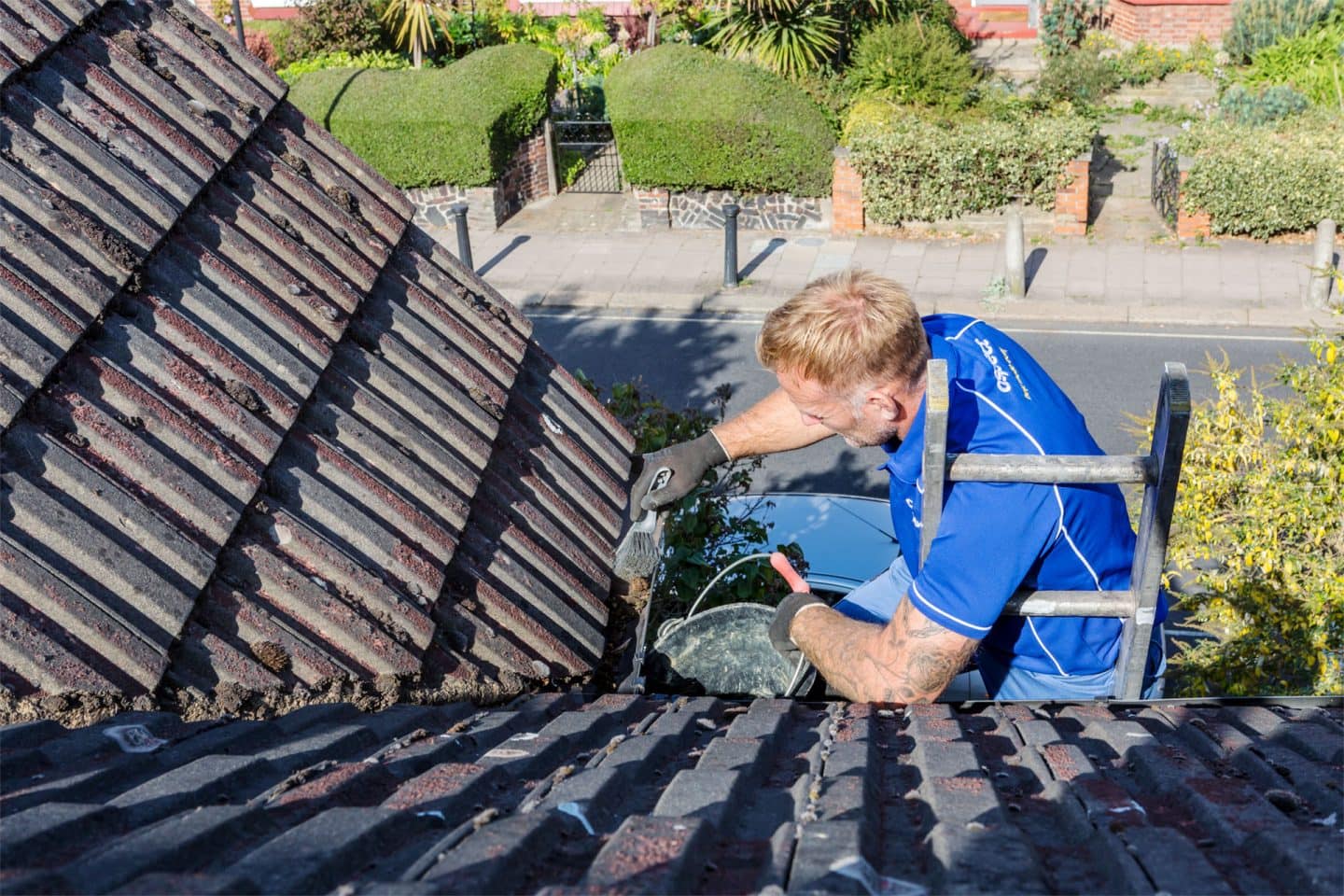
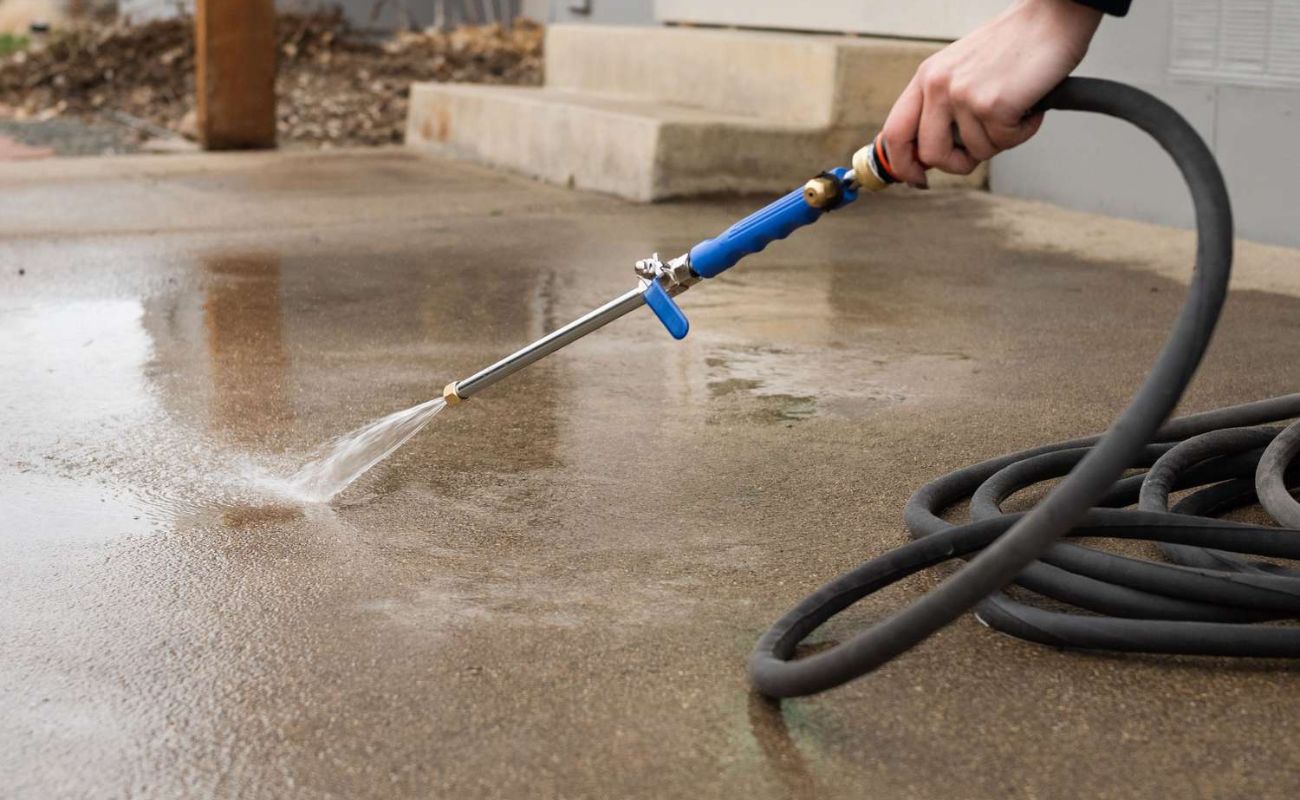
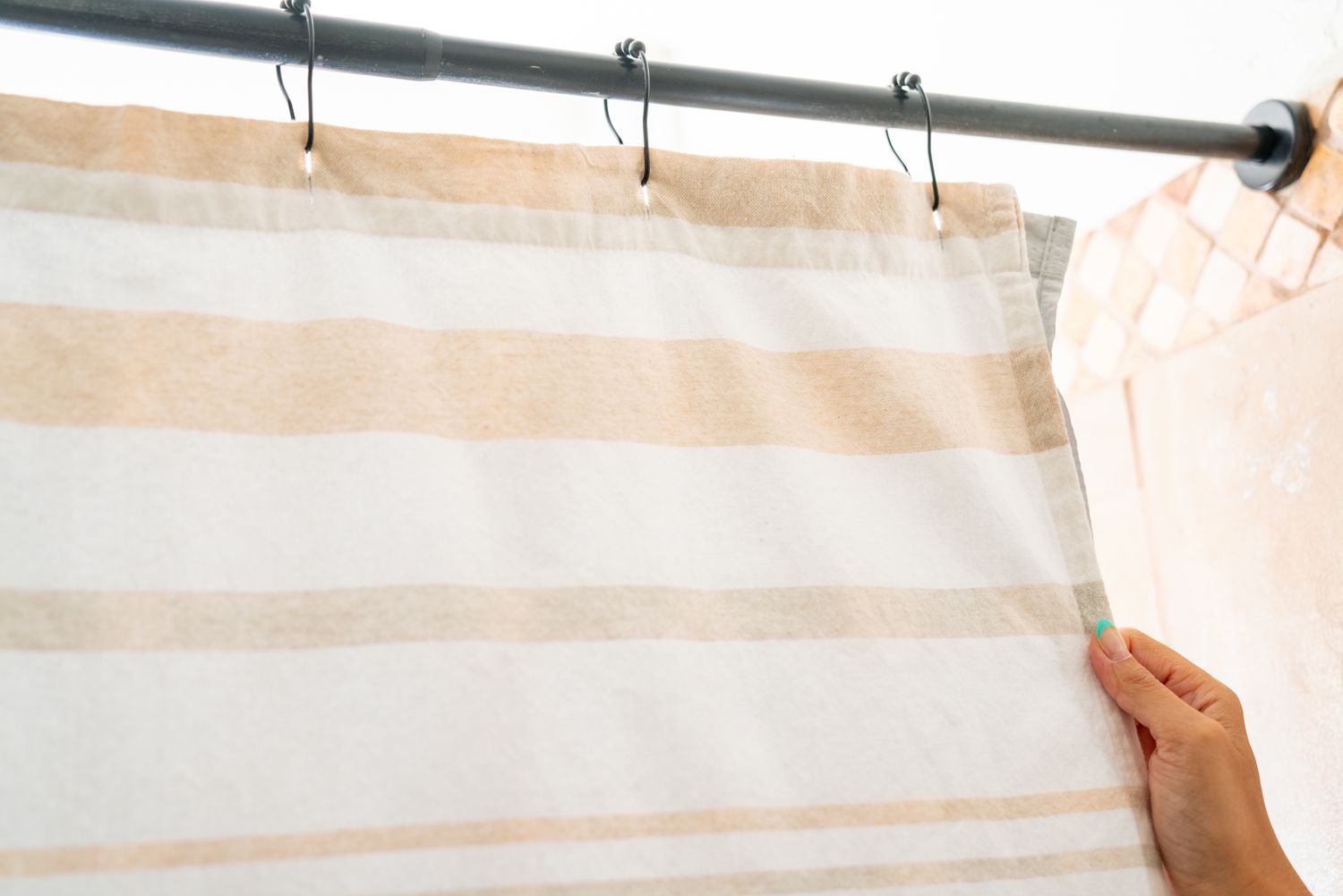
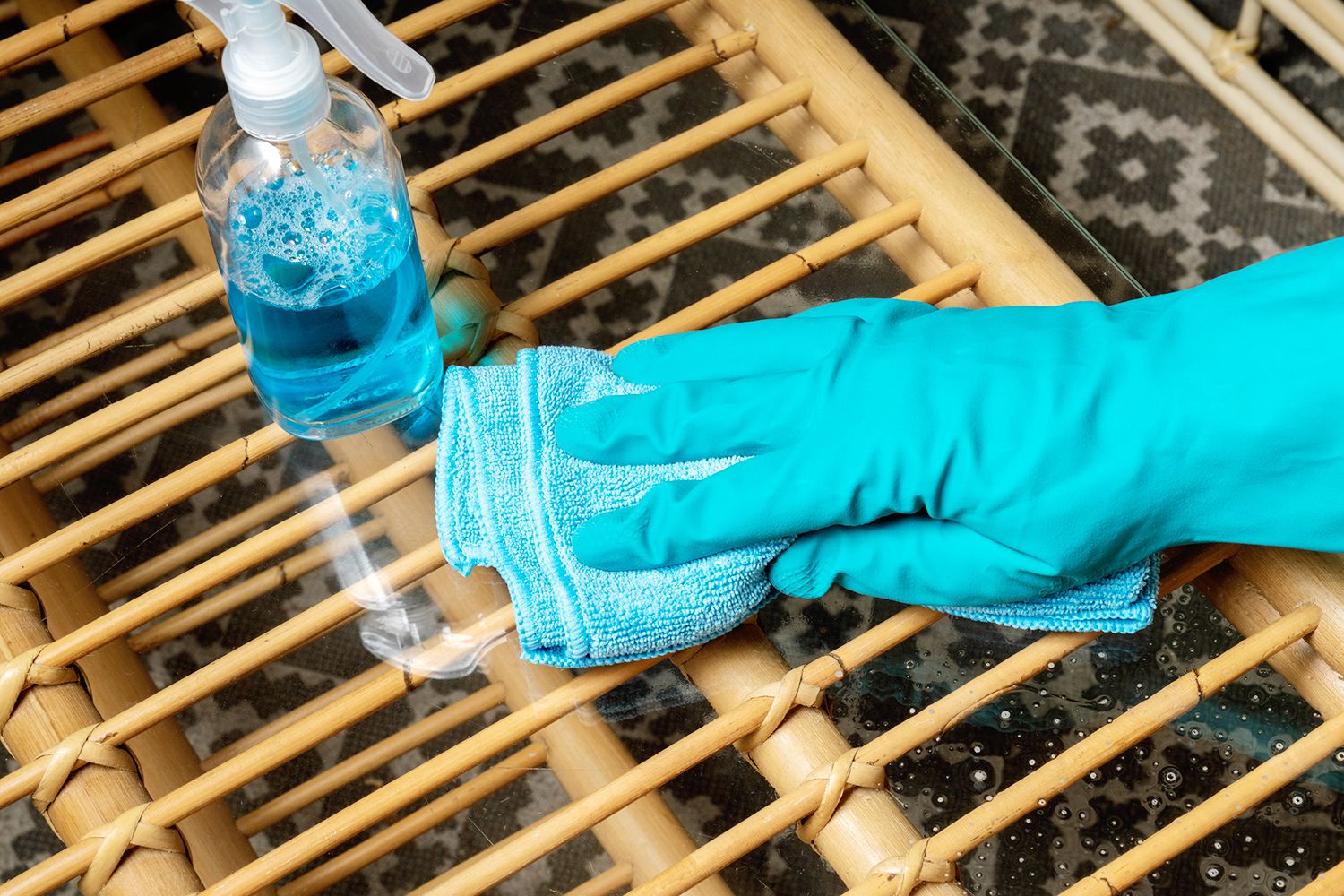

0 thoughts on “How To Clean Mold And Mildew Off Outdoor Furniture”